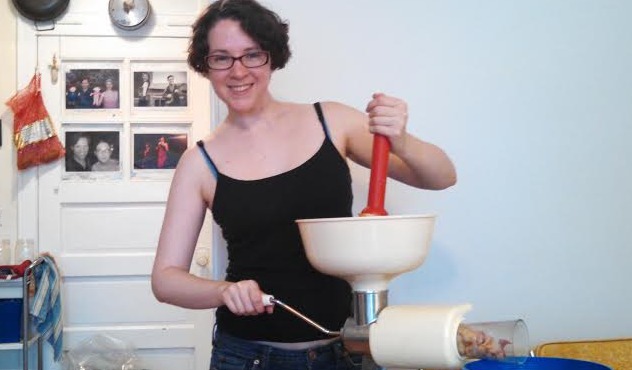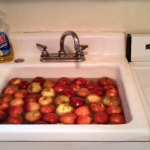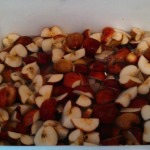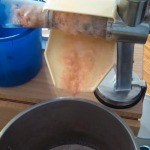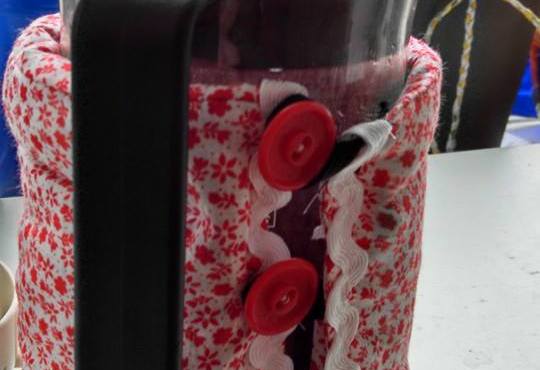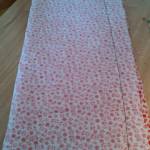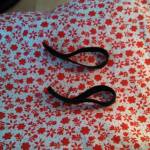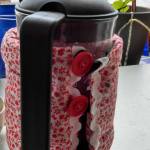Happy Halloween!
I’ve noticed, as I do, a few great vintage Halloween posts on this, the world wide web. And I will now share them with you!
First off, the lovely Queens of Vintage posted these Halloween pin-ups. I like these because they’re simultaneously cute and weird. Glamour and goofiness, my favorite combination!
The Hairpin does a fantastic look at Arden Holt’s Fancy Dresses Described; or What to Wear at Fancy Balls. Reading through it, I feel like I’ve seen Holt’s 19th century costume guide before somewhere. Regardless, I love it. I am so going to be Canada for Halloween next year. A wreath of maple leaves is clearly in my future. Or I’ll be an Aquarium. I like these ideas because a lot of them sound pretty and clever.
This Cult of Weird post is from last year, but I didn’t see it. I love the home made aspect of these costumes, and how very, very strange they are. That cabbage dress is wonderful. Maybe I’ll be a Cabbage Goddess, instead of Canada.
One of the thing that most appeals to me about vintage Halloween stuff is that it seems more creative. Nothing is pre-packaged, it’s all a little folksy. I am a big fan of the homemade costume. As a child, my seamstress grandmamma made all of my Halloween costumes–I started thinking about my costumes months ahead of time. She made me a kangaroo costume once, and, tellingly, I was Laura Ingalls in fourth grade, complete with sunbonnet. If I’d told her I wanted to be Canada, she’d probably have figured out how to make it happen. As an adult, my costumes are way more thrown together. I don’t even usually dress up, unless I have a really compelling reason (or a fantastic Canada costume).
Something I like about vintage Halloween is that the focus seems to be more on eeriness than gore. It’s no secret that I’m not a horror fan. I know a lot of people who LOVE horror, especially horror movies. I love a lot of people who love these things, and I think I get why. I, however, I am squeamish, and have vivid recall, so I tend to spend a lot of time with my face in a pillow if something scary is on.
Older horror appeals to me, because it usually isn’t about torture and sexual violence and blood and guts. This fits my natural sensibilities–I’m more interested in creepiness than stories that are about things that I’m actually truly horrified by. It’s the same reason I like Poe, and Neil Gaiman, and even the 1922 Nosferatu (I do enjoy some German Expressionism), but not, say, Texas Chainsaw Massacre.
What are you going to be for Halloween this year? And what do you think–creepy vs. horrific? Am I the only one who can’t handle horror movies?


